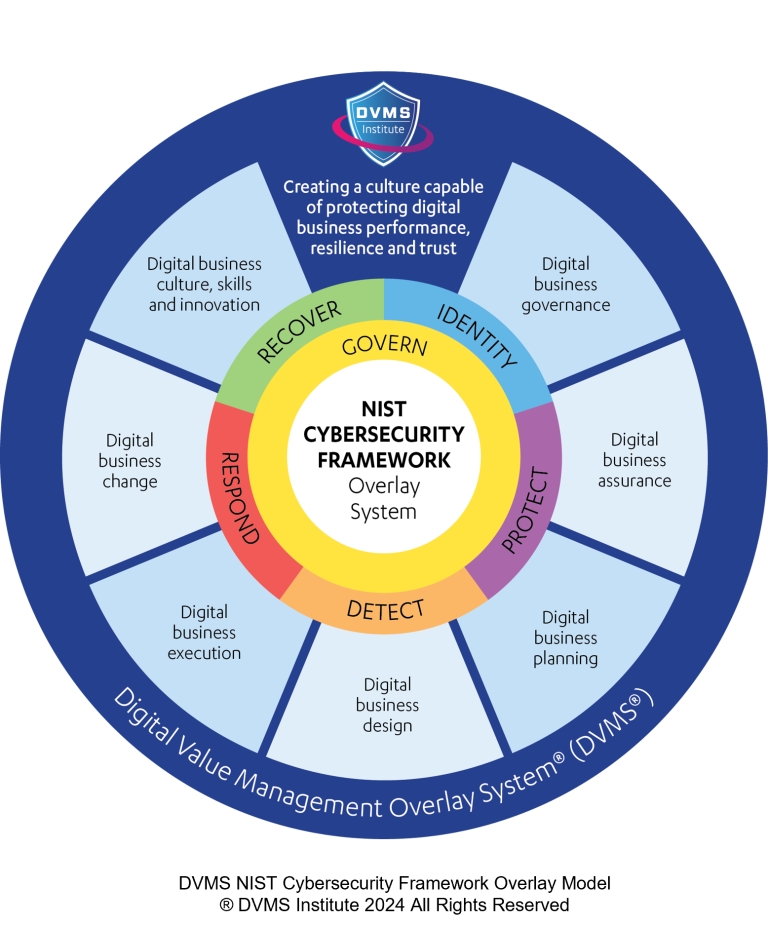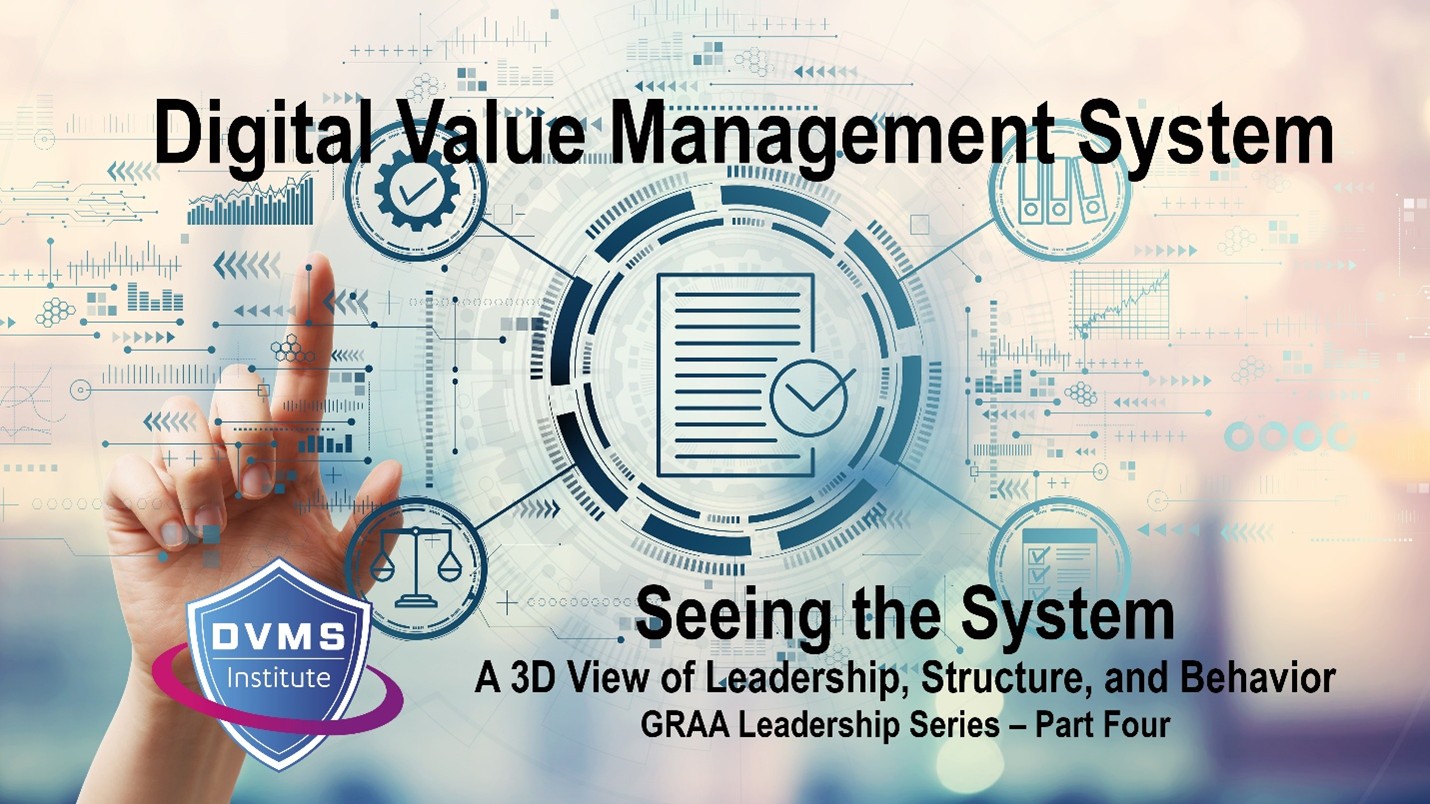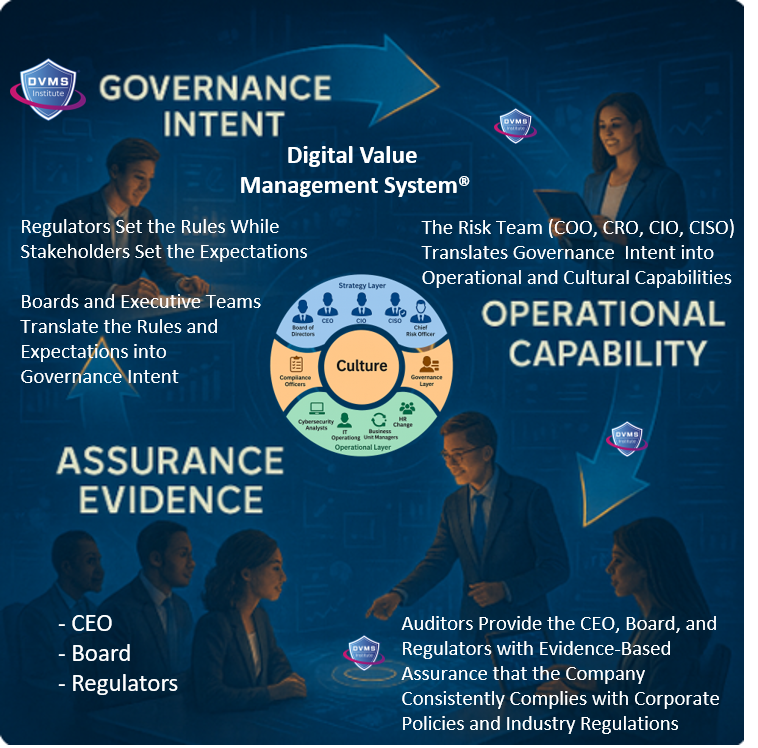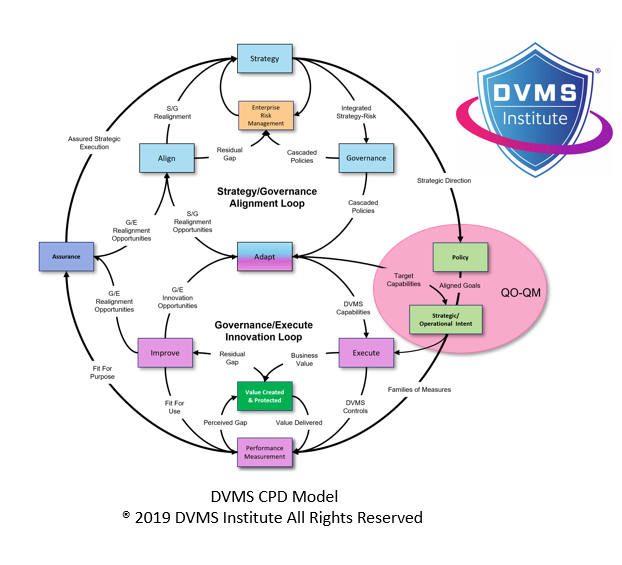The Knowledge Doubling Curve Impact on Cybersecurity Risk Management
Rick Lemieux – Co-Founder and Chief Product Officer of the DVMS Institute
The Knowledge Doubling Curve, a concept popularized by Buckminster Fuller, posits that human knowledge doubles at an accelerating rate. While the precise figures and the notion of a single, universally applicable curve are debatable, the underlying principle holds undeniable truth: the sheer volume of information available to humanity is expanding exponentially. This rapid expansion has profound implications across numerous fields, and cybersecurity risk management is no exception. The ever-increasing body of knowledge, while offering potential advancements in security tools and strategies, simultaneously creates a complex and dynamic landscape that significantly amplifies cybersecurity risks.
One of the most significant impacts of the knowledge doubling curve on cybersecurity risk management stems from the increased attack surface it creates. As technology advances and new systems and applications emerge, so too do the potential vulnerabilities that malicious actors can exploit. This proliferation of technology, fueled by the rapid pace of knowledge creation, means that security professionals are constantly playing catch-up, struggling to secure a moving target. New programming languages, operating systems, and hardware platforms introduce unique security challenges that require specialized expertise. The sheer volume of these new technologies and the limited time available to assess their security implications thoroughly increases the likelihood of vulnerabilities slipping through the cracks. Essentially, the more we know, the more ways there are to be attacked.
Furthermore, the knowledge doubling curve contributes to the increasing sophistication of cyberattacks. As security professionals develop new defenses, attackers are simultaneously gaining access to new information and techniques to circumvent them. The democratization of knowledge through online platforms and open-source tools means that even novice hackers can access sophisticated attack methodologies. This arms race between attackers and defenders constantly escalates, with each side leveraging the expanding knowledge base to gain an advantage. Advanced Persistent Threats (APTs), zero-day exploits, and polymorphic malware are just a few examples of the increasingly complex attacks enabled by rapidly disseminating knowledge. The speed at which attack techniques evolve makes it incredibly challenging for organizations to maintain a robust security posture.
The knowledge doubling curve also impacts the availability and effectiveness of cybersecurity professionals. While the knowledge base is expanding, the number of individuals with the specialized skills needed to defend against sophisticated attacks is not necessarily keeping pace. This creates a talent shortage in cybersecurity, making it difficult for organizations to find and retain qualified personnel. The rapid evolution of technology also means that cybersecurity professionals must constantly update their skills and knowledge to remain effective. This requires ongoing training and development, which can be a significant investment for organizations. The challenge is not just about finding people but about ensuring that those people possess the cutting-edge knowledge to address the latest threats.
Another critical aspect is the increasing complexity of IT infrastructure. As businesses adopt new technologies to remain competitive, their IT environments become more complex and interconnected. This complexity makes it more challenging to identify and manage potential security risks. The more complex the system, the more possible points of failure exist. The knowledge doubling curve contributes to this complexity by constantly introducing new technologies and paradigms, such as cloud computing, artificial intelligence, and the internet of Things (IoT). While offering significant benefits, these technologies also introduce new security challenges that require specialized expertise to address. Securing a sprawling network of interconnected devices and services is a far more daunting than securing a traditional, isolated network.
The rapid pace of technological change also creates challenges for regulatory compliance. As new technologies emerge, regulators struggle to keep up and develop appropriate security standards. This can create uncertainty for organizations, as they may be unsure of what security measures are required to comply with regulations. The lack of clear regulatory guidance can also make it difficult for organizations to prioritize their security efforts. The dynamic nature of the threat landscape, driven by the knowledge doubling curve, makes it challenging to establish static security standards that remain relevant over time.
Furthermore, the sheer volume of information available can be overwhelming for security professionals. The constant influx of new threat intelligence, vulnerability disclosures, and security advisories can make prioritizing and focusing on the most critical risks challenging. This information overload can lead to analysis paralysis, where security professionals cannot effectively process and act on the vast amount of data available. The challenge lies in effectively filtering and analyzing this information to identify the most relevant threats and prioritize security efforts accordingly.
The knowledge doubling curve profoundly and multifacetedly impacts cybersecurity risk management. While expanding knowledge offers the potential for advancements in security tools and techniques, it simultaneously creates a more complex and challenging threat landscape. The increasing attack surface, the sophistication of cyberattacks, the cybersecurity skills gap, the complexity of IT infrastructure, regulatory challenges, and information overload are just a few of the key issues exacerbated by the rapid pace of knowledge creation. Effectively managing cybersecurity risks in this environment requires a proactive and adaptive approach. Organizations must invest in continuous training and development for their security professionals, adopt a layered security approach, leverage automation and artificial intelligence to improve threat detection and response and prioritize collaboration and information sharing within the cybersecurity community. Only by acknowledging and addressing the challenges posed by the knowledge doubling curve can organizations hope to stay ahead of the evolving threat landscape and protect their valuable assets.
About the Author

Rick Lemieux
Co-Founder and Chief Product Officer of the DVMS Institute
DVMS Institute is a renowned provider of accredited (APMG International), Assured (NCSC-GCHQ-UK), and Recognized (DHS-CISA-NICCS) NIST Cybersecurity Framework, certification training programs designed to teach organizations of any size, scale, or complexity how to manage their organizational cyber risk and resiliency.
For cyber risk management, the DVMS FastTrack model provides a phased approach to adapting the NIST Cybersecurity Framework functions and its controls across an enterprise and its supply chain to identify and mitigate organizational cyber risks.
For cyber resilience management, the DVMS-CPD model teaches a holistic approach to digital value resiliency by connecting digital system outcomes to a culture of innovation trained to create, protect, and deliver organizational digital value.
Rick has 40+ years of passion and experience creating solutions to give organizations a competitive edge in their service markets. In 2015, Rick was identified as one of the top five IT Entrepreneurs in the State of Rhode Island by the TECH 10 awards for developing innovative training and mentoring solutions for boards, senior executives, and operational stakeholders.
® DVMS Institute 2024 All Rights Reserved




